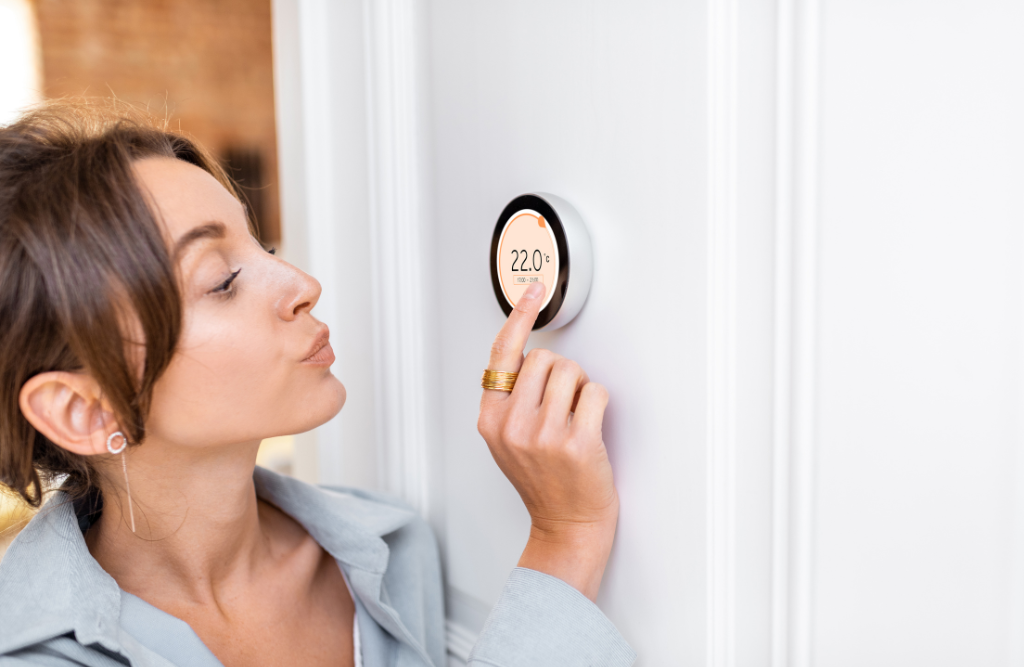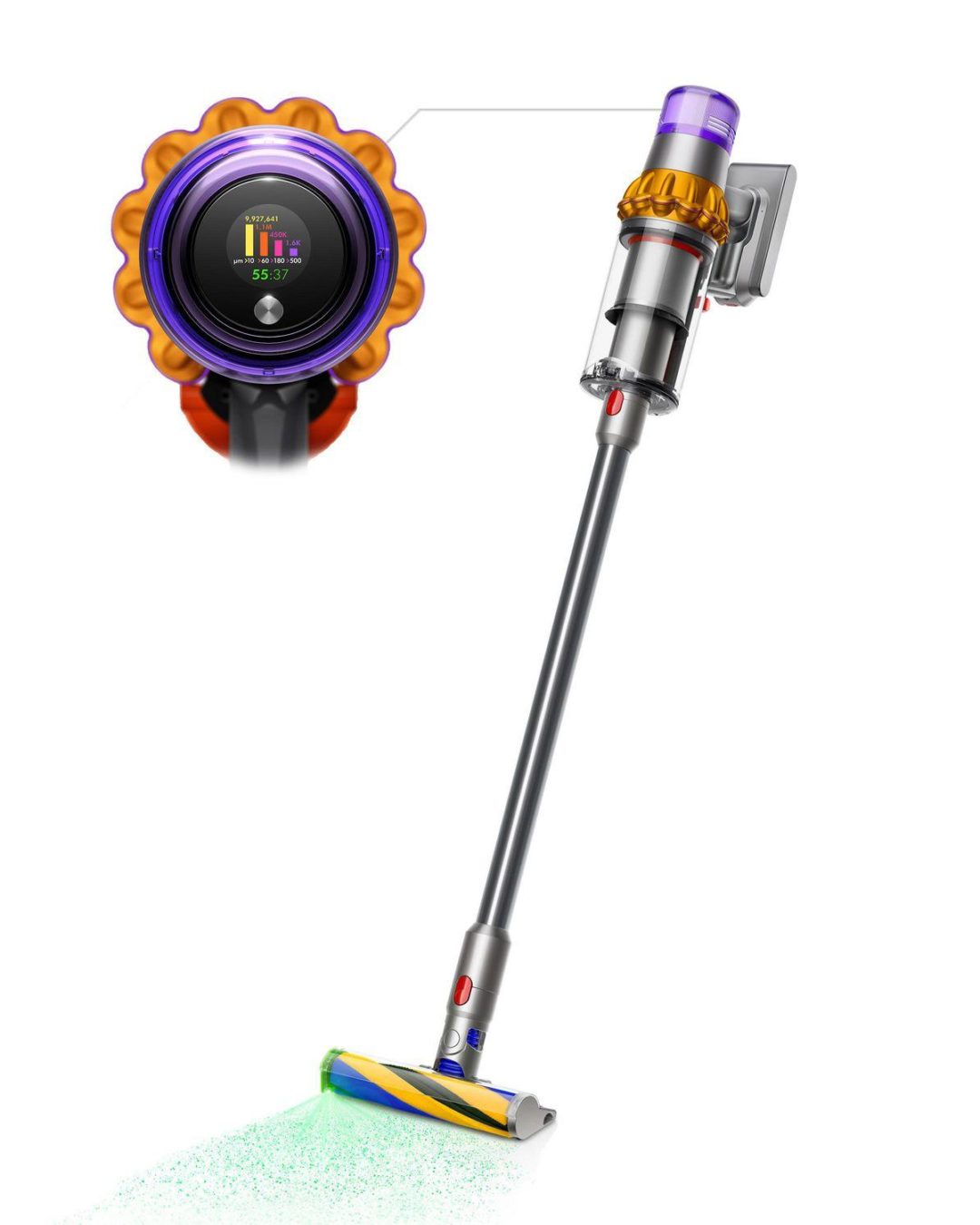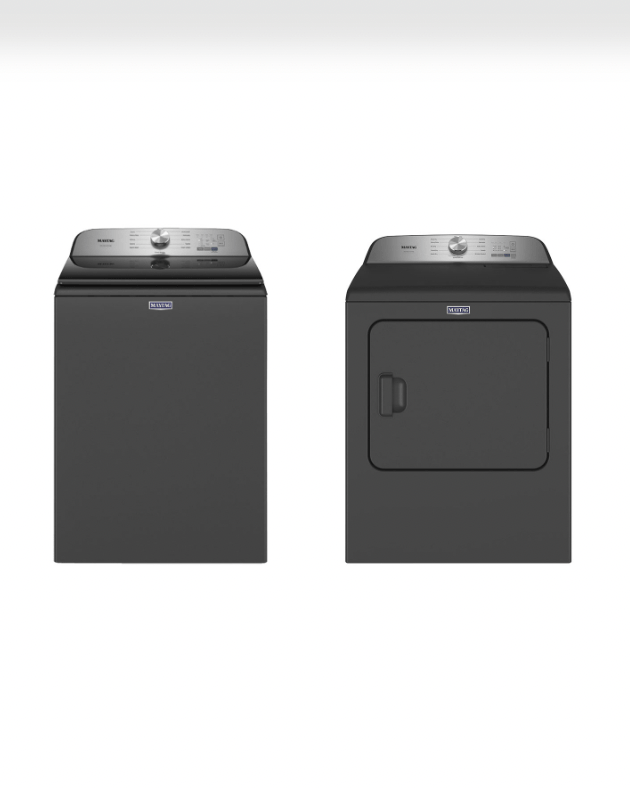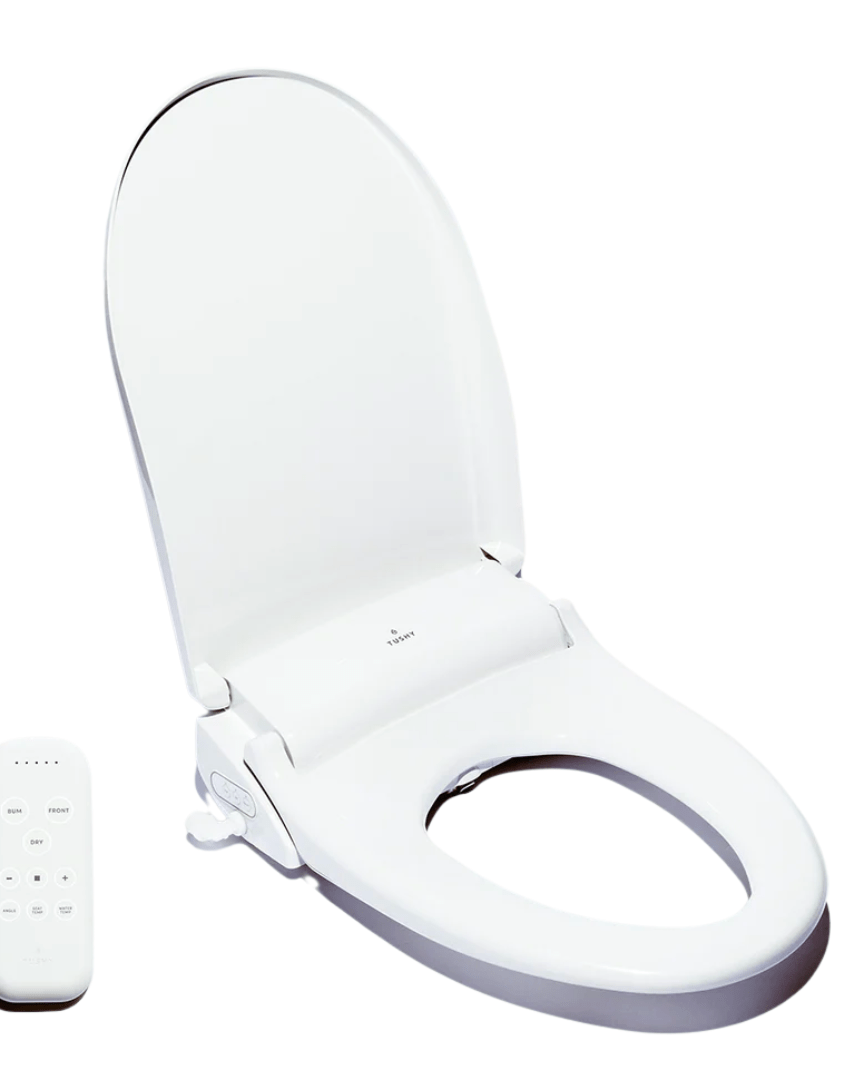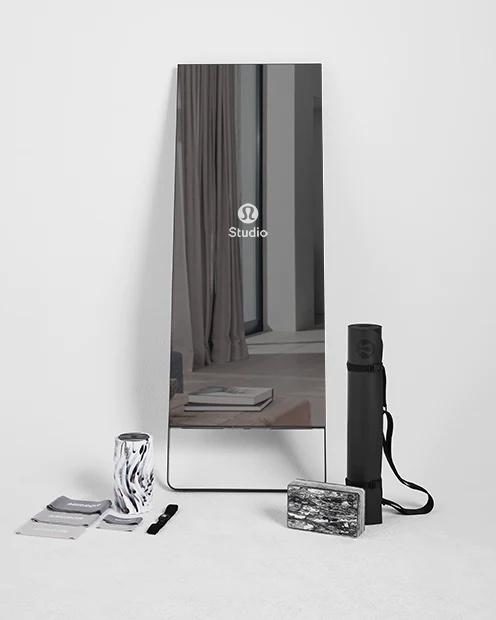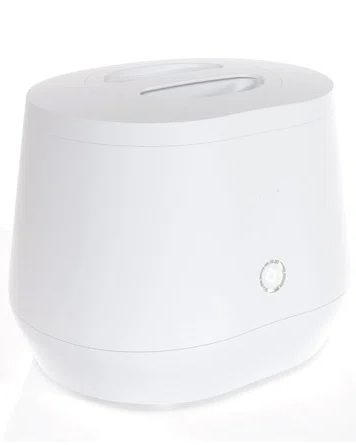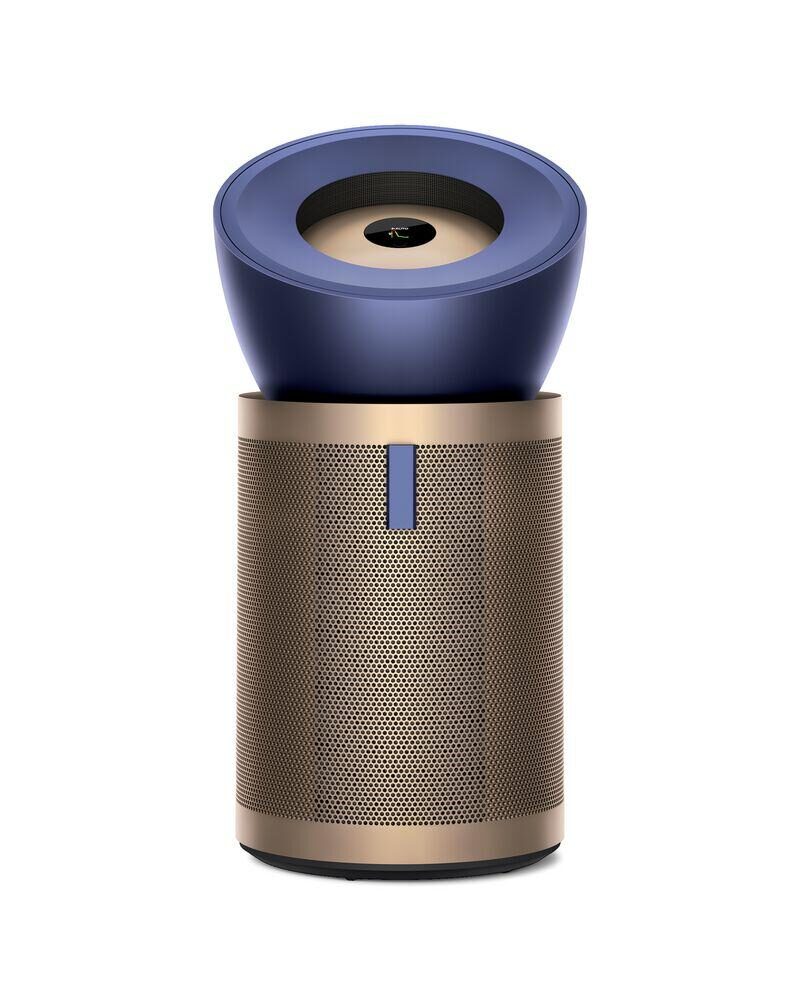Have any of you been scrolling through Tiktok and landed on a video about smart devices, similar to the ones below?
I have – many times. I have also seen parody videos, and I am obsessed. They intrigue me and they make me laugh. I have so many questions about these gadgets and sometimes even wonder If I need them for myself.
The most popular ealth & wellness products on Amazon will surprise you.
We’re living in an exciting world of smart technology, where our homes are transforming into modern marvels of convenience, efficiency and sustainability. Maybe not as smart and as intrusive as the infamous Smart House movie on Disney, though.
Or, perhaps the safe house in Spy Kids, circa 2001. Oh, how I wish I could open and close my cabinets to see them magically stocked.
What are smart home devices?
So, what exactly is smart technology? It’s interesting how defining it can be a bit tricky. Is it all about being connected to the internet? Does it involve artificial intelligence (AI)? Maybe it’s about the ability to learn from the environment. Or perhaps it’s driven by apps. Actually, it’s a combination of all this.
According to Netlingo, smart technology means Self-Monitoring, Analysis and Reporting Technology. But nowadays, smart now applies previously lifeless objects like cars, basketballs and clothes, and their to interact with humans and even influence our behaviour.
In an article on Medium.com, Yogesh Malik outlines three main categories of smart technology.
“First, we have smart devices. These devices offer some level of automation and can be easily programmed using a user-friendly interface. For instance, think of a simple microwave, coffee maker, or toaster. However, many of these devices are now becoming connected to a network, blurring the line between smart and connected devices. Examples include smart coffee makers, smart bulbs, smart speakers, and smart security cameras.
“Next, we have smart connected devices. These devices can be controlled and monitored remotely through Bluetooth, LTE, Wi-Fi, or cellular connectivity. Apps or voice commands serve as gateways to interact with them. In the real world, most people tend to equate “smart” with “connected.” As automation continues to advance, the distinction between smart and connected devices may vanish altogether.
“Finally, we have IoT (Internet of Things) devices. These are software-defined products that combine various elements such as the product itself, applications, analytics, and the Internet or networking capabilities. Think of smart cities, smart factories, and smart homes. IoT devices offer even greater value compared to smart or connected devices. Examples could be smart locks, AI-powered security cameras, luggage trackers, irrigation sprinklers, and programmable dash buttons.”
It’s highly likely that everything will be so interconnected, these three categories will no longer hold much significance in a few years,. The boundaries between them will blur as the world becomes increasingly interconnected.
Home tech stats
According to a survey conducted by Rakuten, just over a quarter (27 per cent) of Canadians currently own at least one piece of smart home technology. The survey indicated that Canadians with smart home tech are hooked, as 78 per cent of them say they plan to purchase even more smart home technology within the next year.
Not everyone is on board however, 46 per cent of Canadians say they are unlikely to purchase smart home technology. For these Canadians, the hesitation stems from various reasons:
- 68 per cent feel they simply do not need it,
- 40 per cent have privacy concerns
- and 36 per cent feel the technology is just too expensive.
Despite these reservations, the benefits of smart home technology are hard to ignore. Convenience, energy efficiency, enhanced security, and remote control are just a few of the advantages that smart devices bring to the table. With the ability to monitor and control our homes from anywhere, automate routine tasks, and create personalized environments, smart tech truly enhances our daily lives.
AI for fitness: Your mind will be blown by how it all works.
As more Canadians experience the benefits firsthand and as technology continues to evolve, it’s likely that people will learn to embrace smart home technology more and more. The convenience and efficiency it offers are simply too compelling.
How can smart home devices actually make your life easier?
So, whether you’re an early adopter or someone who prefers to take a more cautious approach, it’s clear that the smart home revolution is here to stay. As smart technology becomes more accessible, affordable and intuitive, it’s time to embrace the possibilities and make your home a haven of modern innovation.
Remember, you always have the power to choose what fits best for your lifestyle and preferences.

